I seem to have a knack for making online people upset with me in the most innocent ways.
Call it a special gift, I guess. 
Whether it’s talking about meat chicken breeds, discussing diatomaceous earth, or jokingly saying that I have banned salt shakers from my kitchen table (some folks got REALLY UPSET over that one…), it’s fascinating to me how the most benign topics can turn into spirited Internet debates.
And the topic of canning safety seems to be right up there with religion and politics.
Who woulda thought?
But Grandma Did it That Way!
As I explained in my ultimate guide on canning safety, just because you or your Great Aunt Martha got away with a less-than-safe canning technique for a period of time doesn’t mean you should continue to use that particular method.
The reason that canning recommendations change over the years is because new discoveries about bacteria, processing times, and acid levels come to light as more research is done.
I’ve said it once, and I’ll say it again, using approved and tested canning techniques matter, because botulism ain’t no joke friends.
If you’re a beginner to the world of canning, it can be extremely confusing to attempt to sort through the all canning debates.
So, I wanted to compile all of my favorite (and SAFE) canning resources so you don’t have to second-guess yourself in the middle of a canning project ever again.
The Resource I Wish I Had When I Started
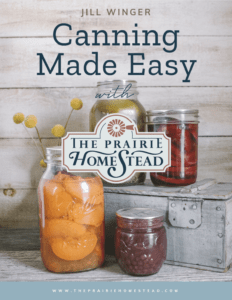
If you are a canning newbie, I just revamped my Canning Made Easy course and it’s ready for YOU! I’ll walk you through each step of the process (safety is my #1 priority!), so you can finally learn to can confidently, without the stress. CLICK HERE to have a look at the course and ALL the bonuses that come with it.
This is the information I wish I had when I first started canning– all of the recipes and safety information are double and triple-checked against tested and proved canning recipes and recommendations.
It’s the next best thing to you coming over to my house and canning right along with me.
Canning Resources You Can Trust
Don’t get me wrong, the Internet is an amazing place for information, but it’s also a bottomless pit of unsafe canning recipes. And if you’re a canning newbie, it can be incredibly tough to sort through the noise.
Fortunately, there are plenty of trustworthy canning resources you can rely on– you just need to know where to look. Once you’ve been canning for a while, you’ll start to gain confidence to find safe canning recipes elsewhere, but I suggest starting with these books and websites at first.
1. USDA – National Center for Home Food Preservation
The National Center for Home Food Preservation is probably the best canning resource out there, simply because it is part of the official United States Department of Agriculture (USDA) and canning safety is their number one concern.
Their website is loaded with information on all types of preservation (fermenting, pickling, canning, dehydrating, etc.). They offer lab-tested (and approved) canning recipes, lists of safe canning publications, canning fact sheets, and all the best science-driven information you will ever need for safe canning. They also have a Complete Guide to Home Canning resource, available in both print and as an online source that you might find especially helpful as you starting your canning adventures.
2. Local Extension Offices
Local extension offices (find your local extension office here) are excellent canning resources. Most local extension offices are connected to established universities. Those universities work carefully within USDA and science-driven guidelines to provide the community with safe canning information, including canning classes, canning articles, and safe canning recipes. Extension offices will often also test your pressure canner gauge for free.
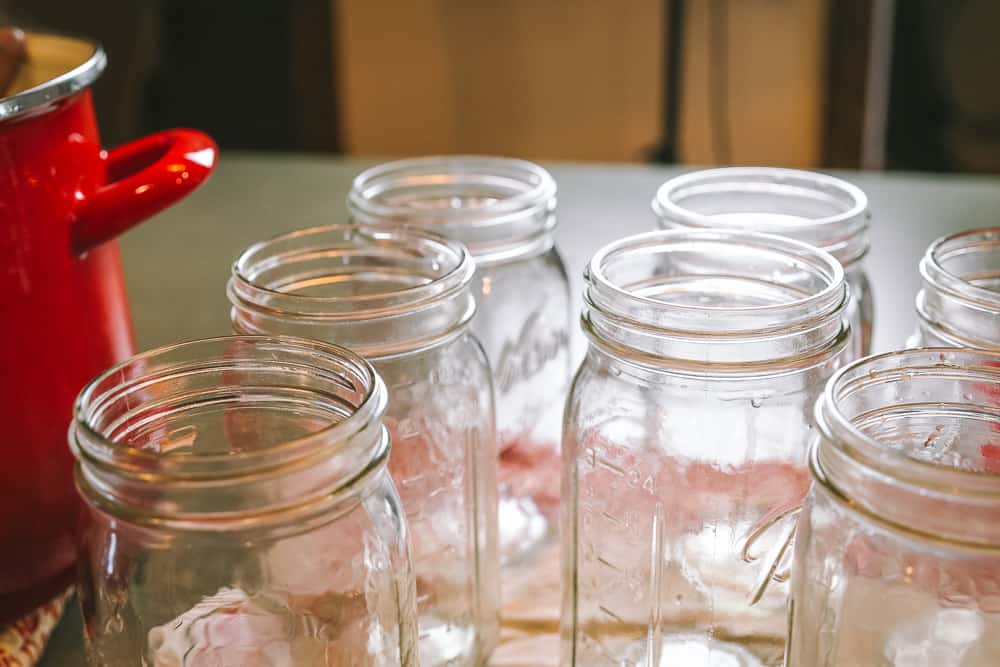
3. Newell (formerly Jarden) Company (aka Ball Corporation’s Canning Business)
The names and companies have switched hands multiple times, but their high-quality and safe canning methods and resources remain trustworthy. Newell/Jarden company owns some of the most popular canning brands: Ball, Bernardin, and Kerr.
They use both in-home and offsite labs to test all sorts of canning topics including: pH levels in food (learn more about the why changing pH levels are important in my safe tomato canning article), canning equipment safety, canning jar quality, safe canning recipes, and more.
Two of the most popular (and safe!) canning books of all time are both produced by the company.
1. Ball Blue Book
The Ball Blue Book is probably the most popular book on safe home-canning. This is my favorite canning book and it has been in publication since 1909. It’s loaded with delicious tried-and-true canning recipes, and my personal copy of the Ball Blue Book is tattered and splattered after years of hard use.
2. Ball Complete Book of Home Preserving
This is another great Ball company book full of canning recipes that are safe to use. The Ball Complete Book of Home Preserving book contains over 400 recipes and lots of good tips for low sugar jams and swapping fruits and other canning tips that can help you figure out how to safely change a canning recipe.
4. Published Authors
If you are interested in expanding your bookshelf past the Ball canning books, be sure the books you choose are from reputable publishing companies and, if possible, contain some sort of guarantee that their canning recipes are approved by a good canning source (like the USDA or the Ball company labs).
Here are a few awesome published canning sources (there are a lot of other good ones, too!):
1. Canadian Living Magazine
Canadian Living is a magazine and book publishing company in Canada. They have an in-home test kitchen/lab where they have fun testing new canning recipes. They follow the USDA (and also Canadian Bernardin) standards for safe canning. They not only have their magazine, but they also publish high-quality canning books, including Bernardin Guide to Home Preserving.
2. Putting Food By, by Ruth Hertzberg, Beatrice Vaughan and Janet Green
There are several new editions of this Putting Food By canning book and it’s one of the most popular to-date.
3. The Joy of Pickling and The Joy of Jams and Jellies, both by Linda Ziedrich
Another popular author for canning books, Linda Ziedrich has tons of variety of recipes in her books and also covers other ways to preserve food like fermenting, pickling, and more.
4. The Farm Girl’s Guide to Preserving the Harvest, by Ann Accetta-Scott
Ann is a homestead blogger who knows her stuff and also is very picky about only recommending safe canning practices in her book The Farm Girl’s Guide to Preserving the Harvest. I met her last year at the Homesteader’s of America Conference and I adore her.
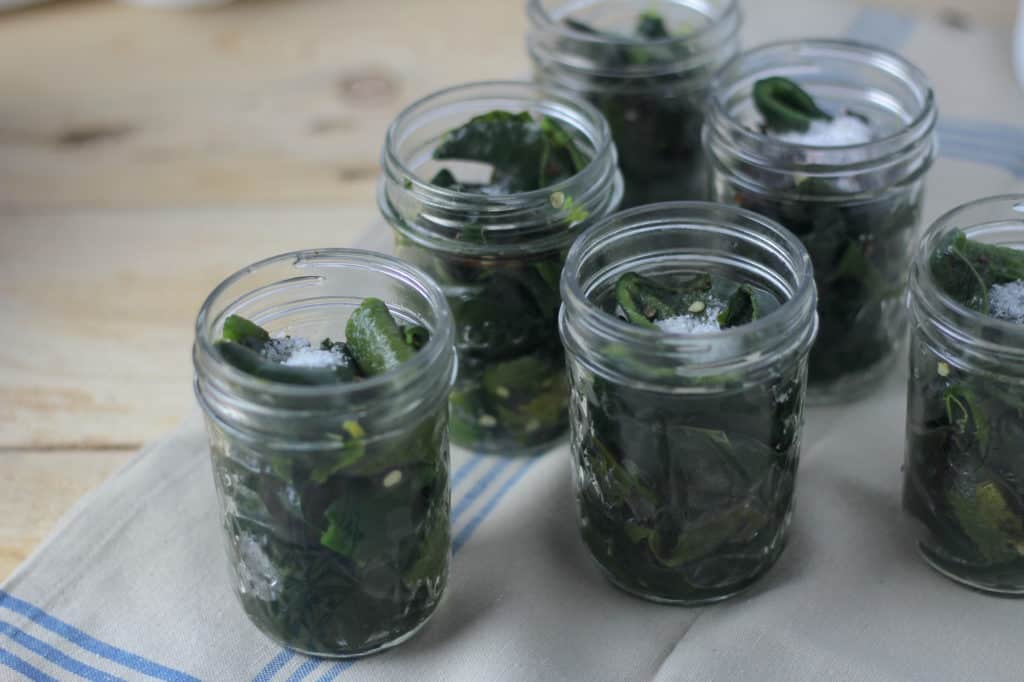
5. Good-Quality Internet Sources
Remember: always use caution when using Internet sources for canning recipes. Many internet sources contain unsafe canning recipes that were conceptualized without proper guidelines in mind. There’s also plenty of internet sources who share “grandma’s canning recipe” which is a wonderful family heirloom, but not always safe for consumption.
In order to figure out if a canning recipe on the Internet is actually safe, always check to see if they quote or source a reputable canning book in their article and recipe.
Besides my own canning recipes on this website, here are a few reputable internet sources for canning recipes:
- Food in Jars (they clearly show where they got their canning recipe inspiration from, which is usually Ball books or their website)
- Canning Across America is a website put together by cooks, gardeners, and food lovers. Their goal is to promote safe canning recipes and they mention the USDA guidelines for canning often and are worth checking out.
- Freshpreserving.com is Ball and Kerr’s website and is loaded with great canning recipes and resources.
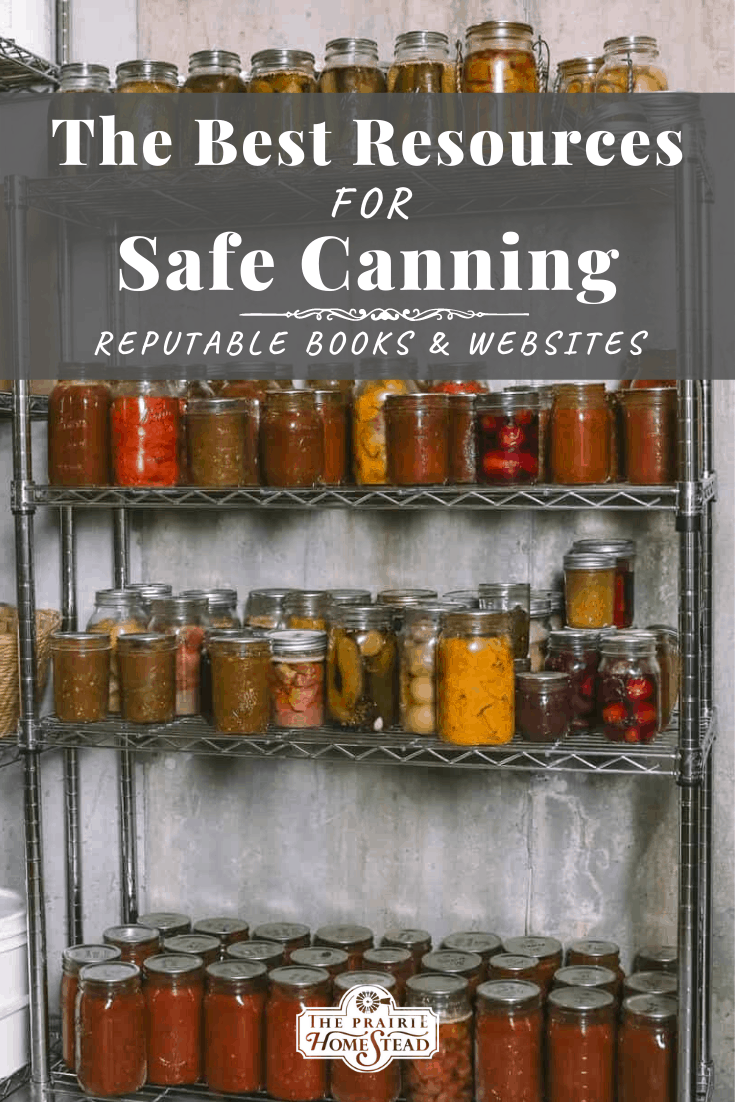
More Canning Tips:
- My Canning Made Easy course will help you feel confident in your canning adventures
- The Ultimate Guide to Canning Safety
- How to Can Without Special Equipment
- How to Can Tomatoes Safely at Home
The post The Best Resources for Safe Canning Information appeared first on The Prairie Homestead.
Via Gardening http://www.rssmix.com/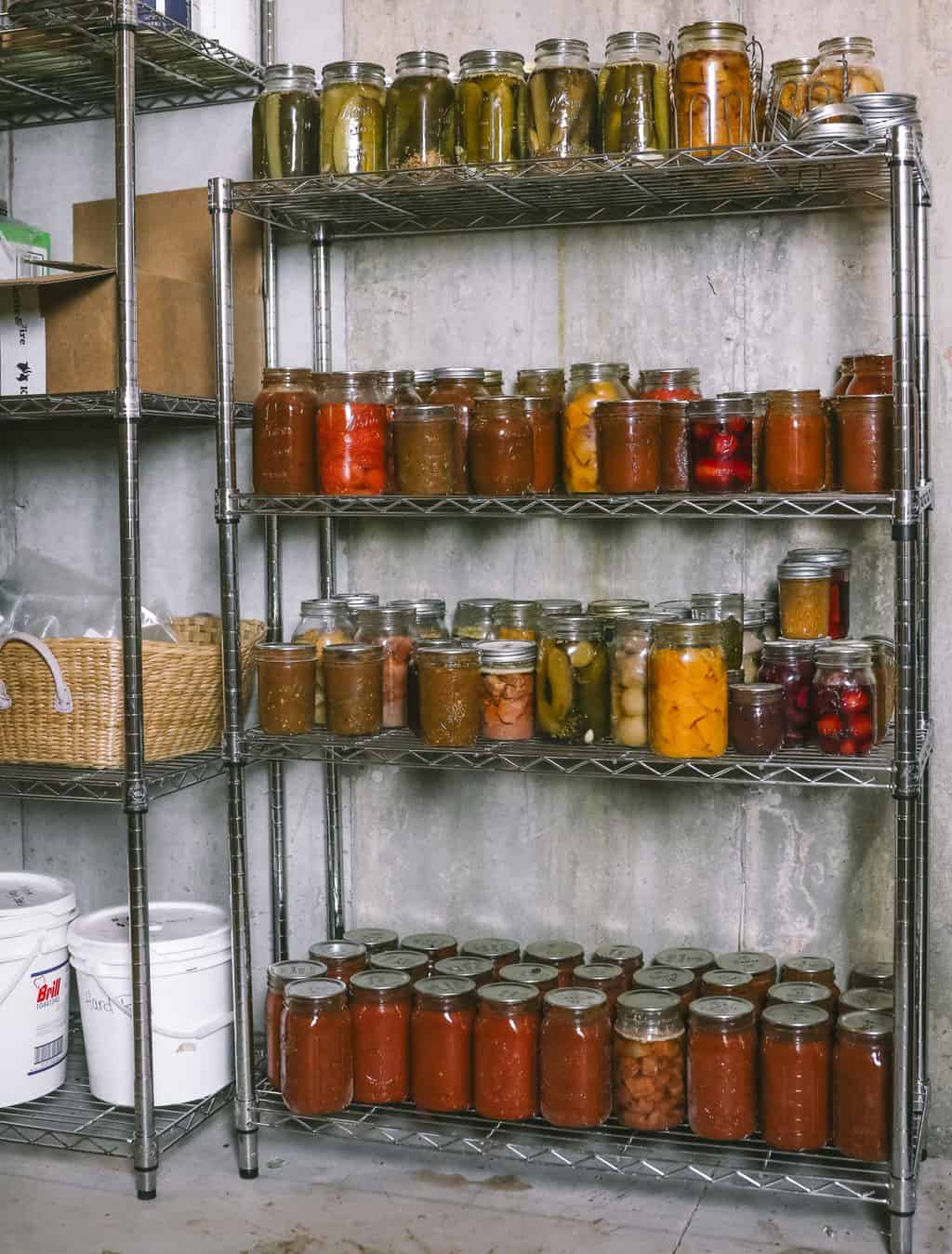
No comments:
Post a Comment